Intel i5-13400 Desktop Processor
The Intel Core i5-13400 is a desktop processor from Intel’s 13th generation of Core processors, also known as Rocket Lake-S. Here are some key details about the i5-13400:
Architecture: The i5-13400 is based on the Cypress Cove microarchitecture. It is a 10nm process technology, providing improved performance compared to the previous generation.
Cores and Threads: The i5-13400 is a six-core processor, meaning it has six physical cores. It supports up to twelve threads with Intel’s Hyper-Threading technology, allowing it to handle up to twelve concurrent tasks simultaneously.
Clock Speed: The base clock speed of the i5-13400 is 2.6 GHz. It also features Intel Turbo Boost technology, which can increase the clock speed dynamically up to a maximum of 4.1 GHz, depending on the workload.
Cache: The processor has 12MB of Intel Smart Cache, which helps to reduce memory access latency and improve overall performance.
Graphics: The i5-13400 includes integrated graphics in the form of Intel UHD Graphics 750. This allows you to display visuals without the need for a dedicated graphics card, making it suitable for everyday tasks, light gaming, and multimedia consumption.
TDP: The thermal design power (TDP) of the i5-13400 is 65 watts, which represents the amount of power it consumes under typical operating conditions. It’s important to choose a compatible cooler based on this TDP to ensure efficient cooling.
Overall, the i5-13400 is a mid-range desktop processor that offers a good balance between price and performance. It is suitable for a variety of tasks, including productivity work, gaming, and multimedia consumption.
Specifications
| Product Collection | 13th Generation Intel® Core™ i5 Processors |
| Code Name | Products formerly Raptor Lake |
| Vertical Segment | Desktop |
| Processor Number | i5-13400 |
| Lithography | Intel 7 |
| Total Cores | 10 |
| # of Performance-cores | 6 |
| # of Efficient-cores | 4 |
| Total Threads | 16 |
| Max Turbo Frequency | 4.60 GHz |
| P-core Max Turbo Frequency | 4.60 GHz |
| E-core Max Turbo Frequency | 3.30 GHz |
| P-core Base Frequency | 2.50 GHz |
| E-core Base Frequency | 1.80 GHz |
| Cache | 20 MB Intel® Smart Cache |
| Total L2 Cache | 9.5 MB |
| Processor Base Power | 65 W |
| Maximum Turbo Power | 148 W |
| Max Memory Size | 192 GB |
| Memory Types | DDR5 4800 MT/s, DDR4 3200 MT/s |
| Max # of Memory Channels | 2 |
| Max Memory Bandwidth | 76.8 GB/s |
| GPU Name | Intel® UHD Graphics 730 |
| Base Frequency | 300 MHz |
| Max Dynamic Frequency | 1.55 GHz |
| Execution Units | 24 |
| Graphics Output | eDP 1.4b, DP 1.4a, HDMI 2.1 |
| Max Resolution (HDMI) | 4096 × 2160 @ 60Hz |
| Max Resolution (DP) | 7680 × 4320 @ 60Hz |
| Max Resolution (eDP) | 5120 × 3200 @ 120Hz |
| DirectX Support | 12 |
| OpenGL Support | 4.5 |
| OpenCL Support | 3.0 |
| Intel® Quick Sync Video | Yes |
| Intel® Clear Video HD | Yes |
| # of Displays Supported | 4 |
| DMI Revision | 4.0 |
| Max # of DMI Lanes | 8 |
| PCI Express Revision | 5.0 & 4.0 |
| PCIe Configurations | Up to 1×16+4, 2×8+4 |
| Max # of PCIe Lanes | 20 |
| Socket Supported | FCLGA1700 |
| Max CPU Configuration | 1 |
| Thermal Solution | PCG 2020C |
| TJUNCTION | 100 °C |
| Package Size | 45.0 × 37.5 mm |
| Intel® Gaussian & Neural Accelerator | 3.0 |
| Intel® Thread Director | Yes |
| Intel® Deep Learning Boost | Yes |
| Intel® Speed Shift Technology | Yes |
| Intel® Turbo Boost Technology | 2.0 |
| Intel® Hyper-Threading Technology | Yes |
| Intel® 64 | Yes |
| Instruction Set | 64-bit |
| Instruction Set Extensions | SSE4.1, SSE4.2, AVX2 |
| Intel® Standard Manageability | Yes |
| Intel® Secure Key | Yes |
| Intel® Control-Flow Enforcement | Yes |
| Intel® AES New Instructions | Yes |
| Intel® OS Guard | Yes |
| Execute Disable Bit | Yes |
| Intel® Boot Guard | Yes |
| Mode-based Execute Control (MBEC) | Yes |
| Intel® Virtualization (VT-x) | Yes |
| Intel® VT-d | Yes |
| Intel® VT-x with EPT | Yes |

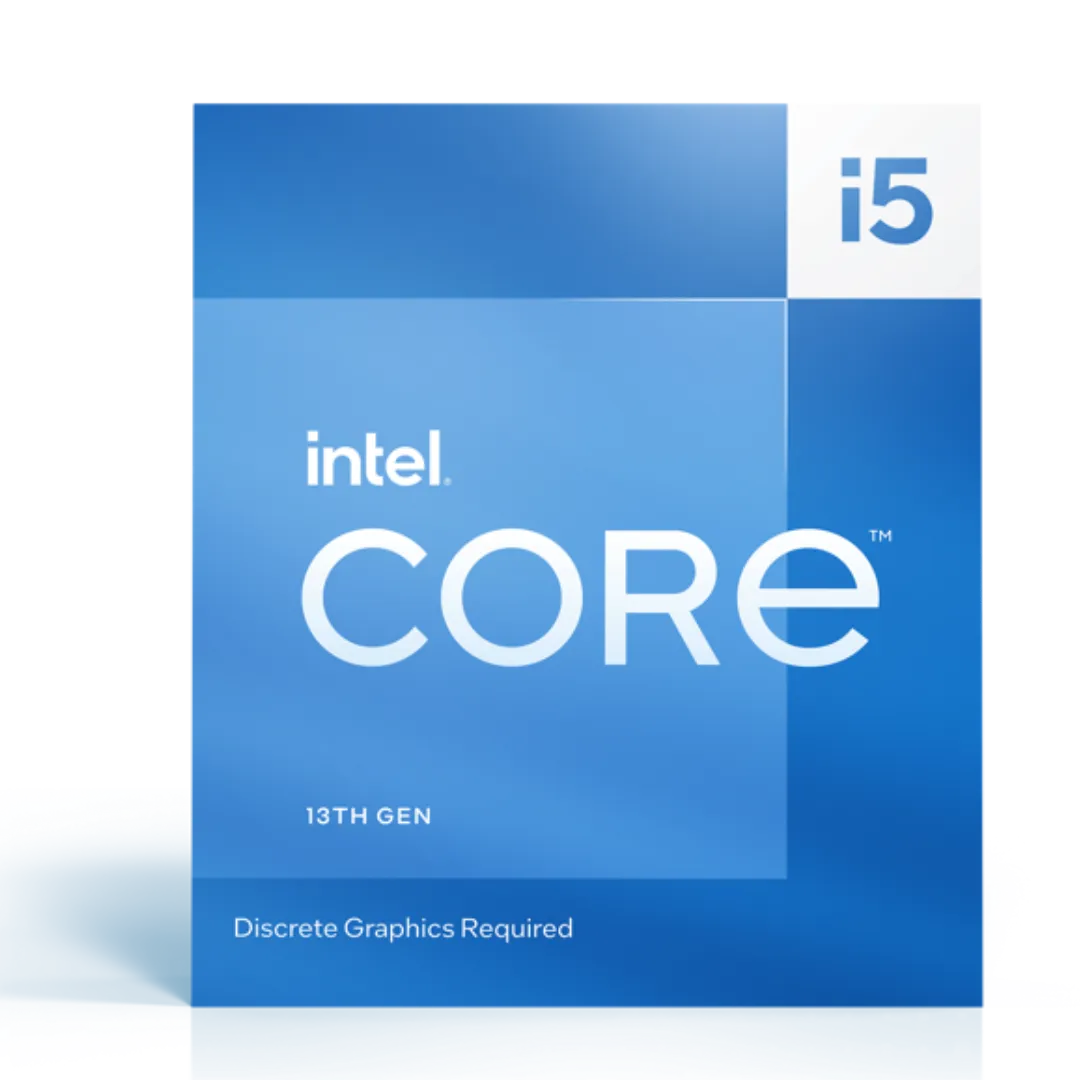
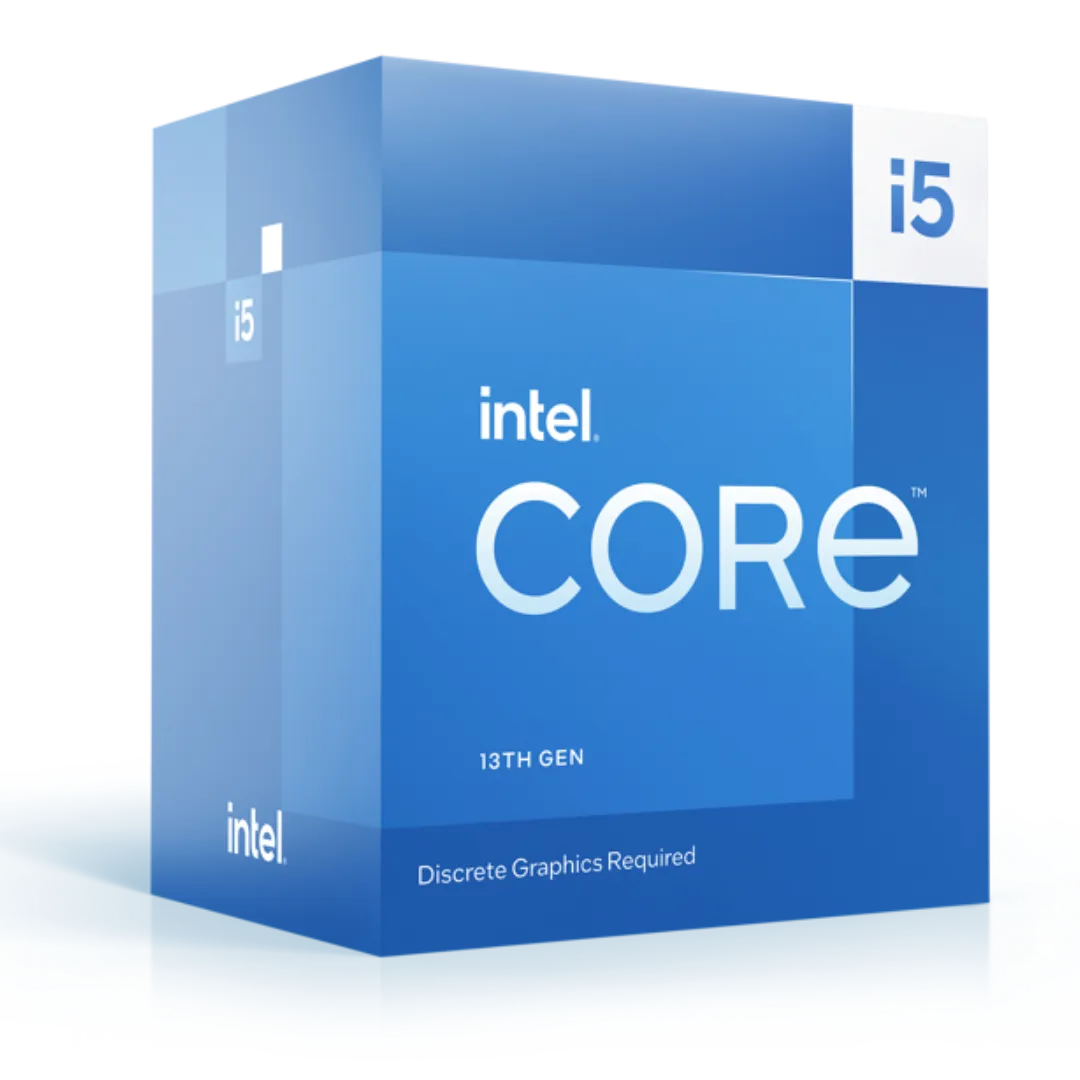
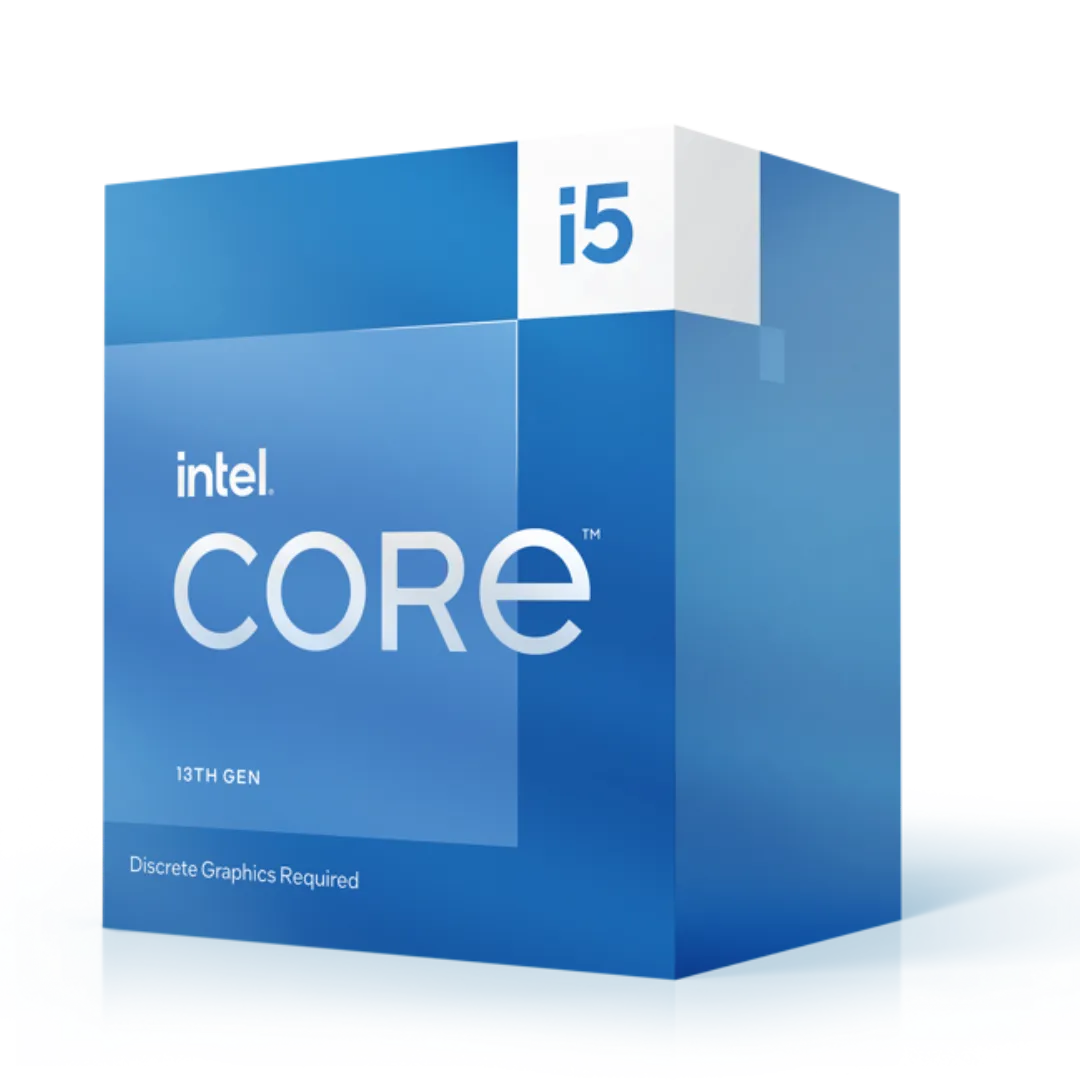
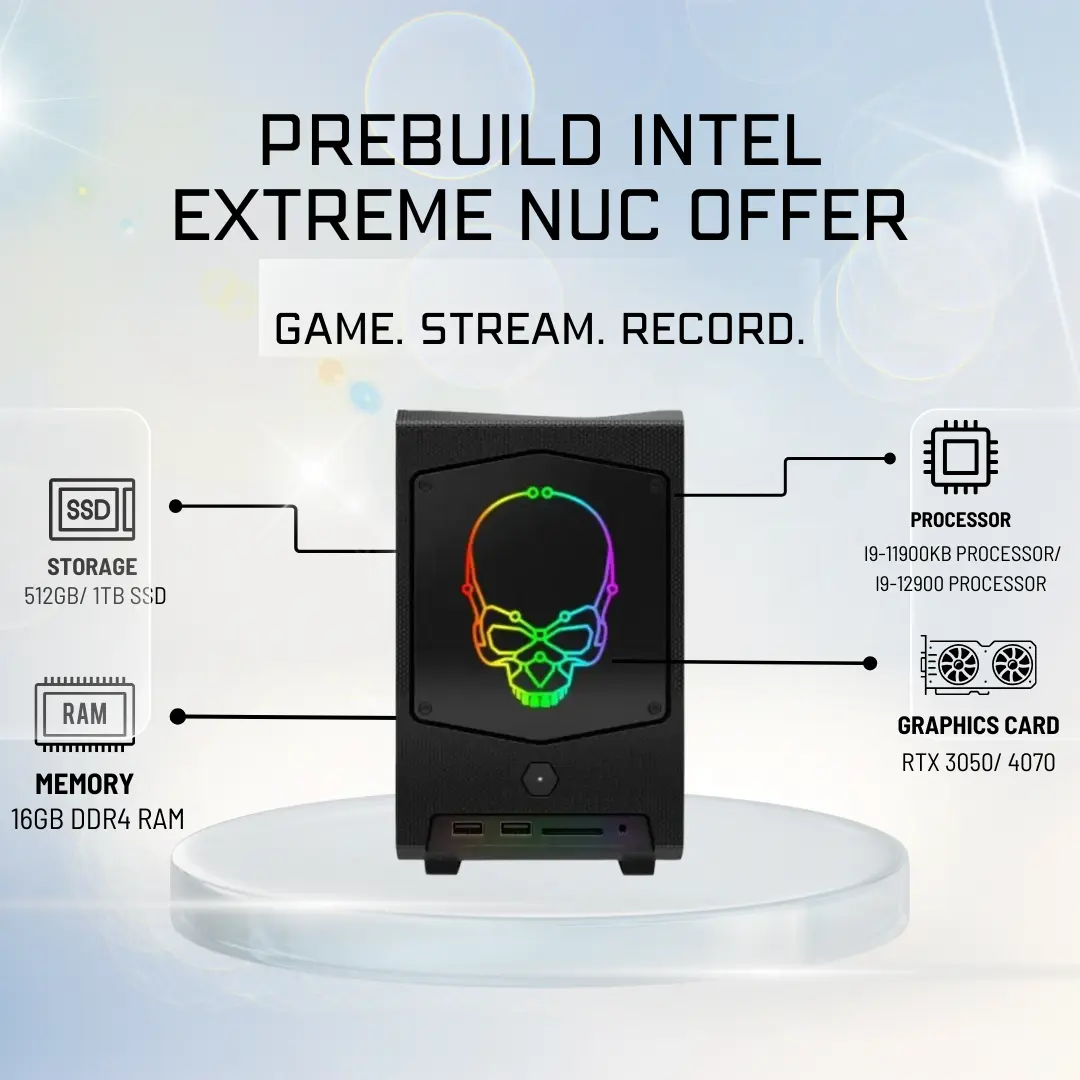
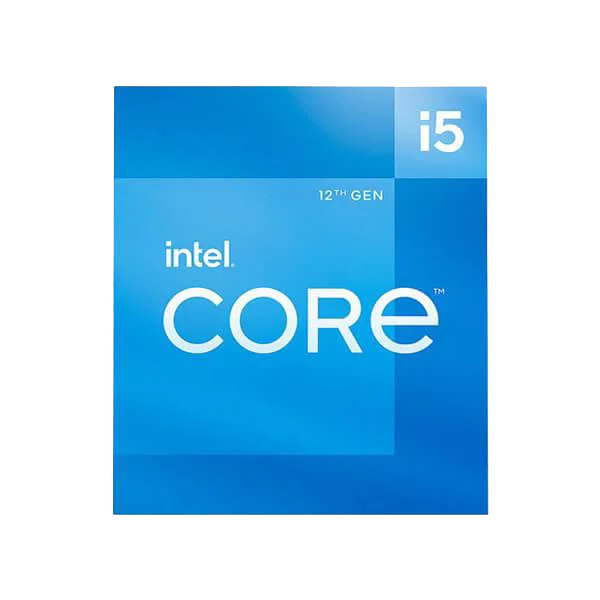
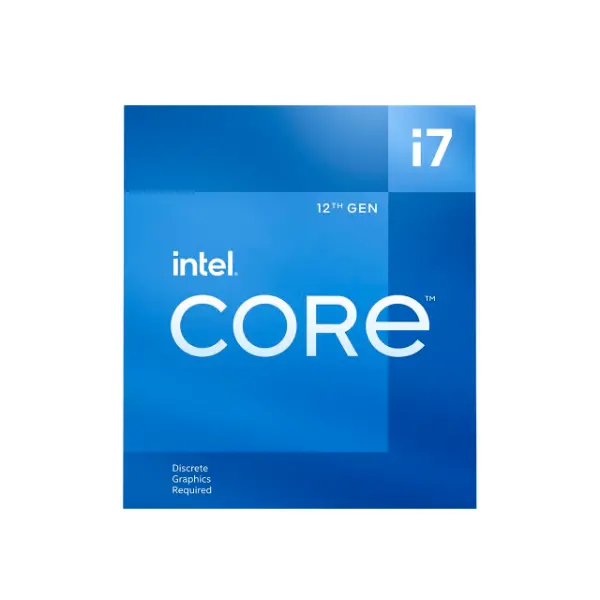
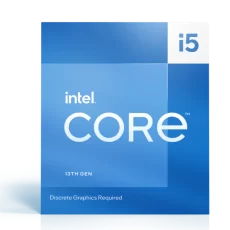
Reviews
There are no reviews yet.